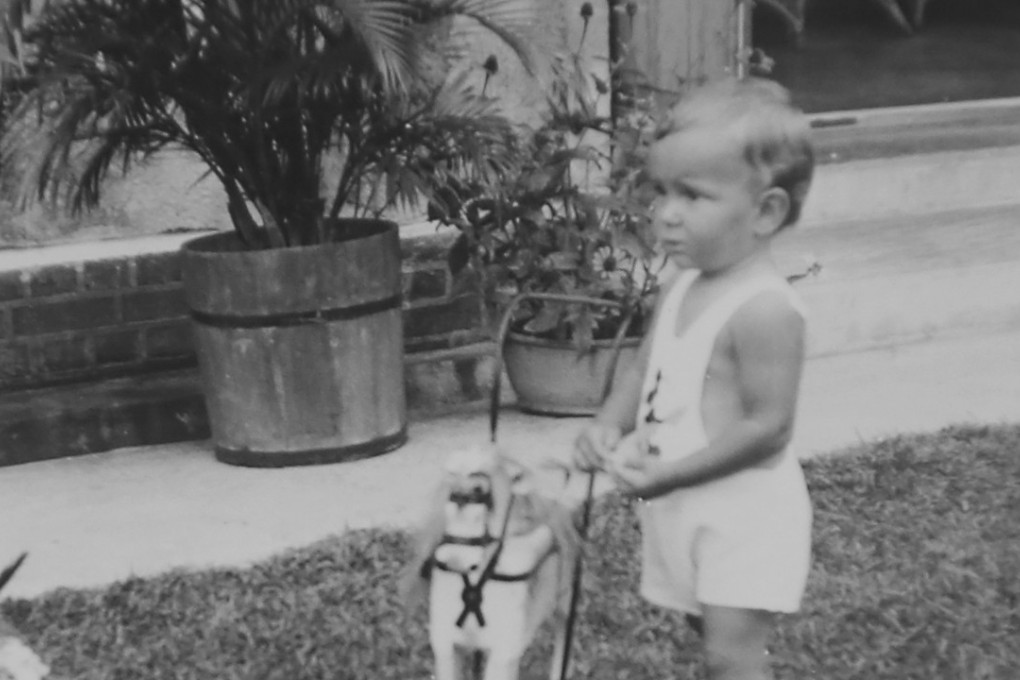Back in Hong Kong home from where Japanese took his father for execution, British scientist is ‘very emotional’
Dr Jim Flegg, ornithologist who was guest of honour at recent eco-education event, steps inside his former Hong Kong home for the first time since he was a child and wartime evacuation to Australia heralded a life steeped in nature

His wide-ranging scientific expertise made Dr Jim Flegg the ideal guest of honour at November’s Tai Tam BioBlitz. A prolific writer, broadcaster, speaker and television personality, and the recipient of an OBE in 1997 for his services to horticulture (although it could equally have been for his work as an ornithologist), it would have been hard to find a better fit for the event, in which teams work together to discover and identify as many species of plants, animals, microbes and fungi as they can.
For the British octogenarian, a compelling personal connection made this a special event: it was literally a homecoming, to a place where he had spent the first three years of his life.
Jim’s father, Jack Sydney Flegg, was the engineer in charge of the pumping station that drew water from the Tai Tam reservoir, up beside the road between the city of Hong Kong and what was then the tiny village of Stanley. Accommodation in the Tai Tam Tuk senior staff quarters came with the job, which was to manage the sizeable crews involved in operating and maintaining the reservoirs, dams, aqueducts and tunnels. Despite the grand sounding name, the quarters, completed in 1905, comprised a two-storey, box-shaped cottage constructed on a platform perched above Tai Tam Bay, east of the main pumping house.
One of the few recollections Flegg has of his early years is of floating in a breeches buoy just off the stony beach immediately below the house while visitors swam around his father’s yacht, High Heels. He remembers a police launch coming into the bay on patrol and he recalls stuffing leaves into the muzzle of Teddy, the family’s long-suffering pet Chow. He has no memory of tumbling down the steps between the main entrance to the house and the path leading to the pumping station. In later years, Flegg’s mother would narrate this horrifying episode along with descriptions of the family car, a 1933 Austin 7 Ruby saloon, the slimmest vehicle available and virtually the only one able to negotiate the narrow road to Stanley where it ran along the top of the Tai Tam dam.
Among a handful of precious photographs, Flegg has a picture of himself with his amah. He says he was aware of speaking Chinese although nothing has stayed with him beyond the Cantonese for “aeroplane”, “windscreen wiper” and “hurry up!”
